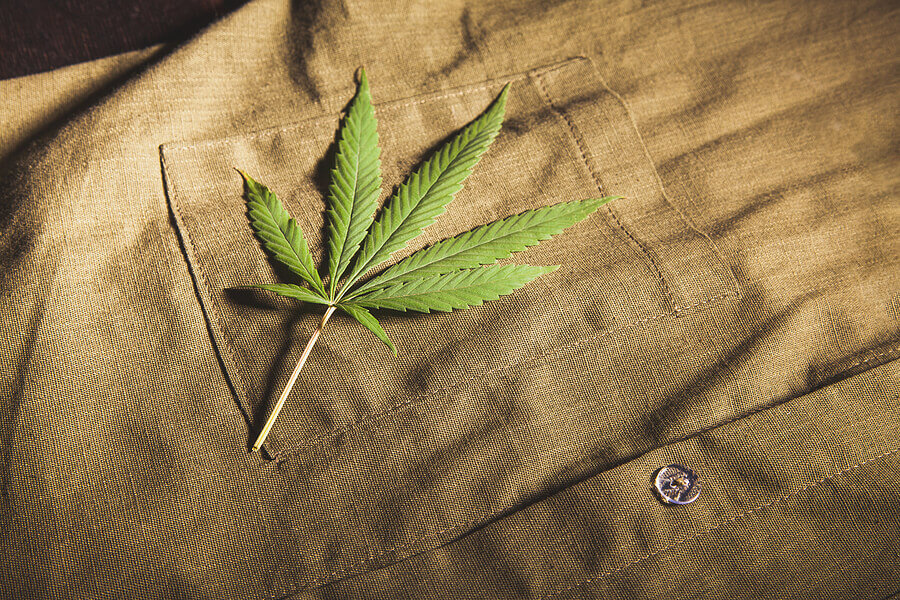Good Facts For Selecting Hemp Clothes
Wiki Article
What Are The Advantages Of Low Impact Fibre Hemp Clothing With Regard To The Environment?
Low impact fiber hemp clothing offers a variety of environmental benefits in comparison to clothing made from other materials. They include synthetic fibers, cotton, and traditional cotton. Hemp clothing has many environmental advantages. It grows quickly and requires little water, pesticides, or herbicides when compared to other crops. Hemp is able to adapt to different kinds of soils and climates and climates, which decreases the requirement for chemical fertilizers in agriculture.
Hemp is less water-intensive compared to cotton. Cotton is notorious for its excessive use of water. This makes hemp an environmentally-friendly option for clothes.
Hemp can grow without pesticides and herbicides. In many cases this can reduce the impact on the environment of chemical agriculture.
Soil Health- Hemp cultivation can boost soil health because of the deep roots system, which prevents compaction and soil erosion. It also leaves the soil in better shape for future cropping.
Hemp is biodegradable. It breaks down naturally over time, and it reduces textile waste. Contrast this with synthetic fibers like polyester can require hundreds of years to break down.
Lower Carbon Footprint - The production of hemp fibers results in a generally lower carbon footprint compared to synthetic materials. Additionally, hemp can capture carbon dioxide from the atmosphere as it grows, acting as a carbon sink.
Hemp clothing can last for many years. High-quality hemp clothing will last for a long time. This means that there is less need to replace it frequently and also waste.
Hemp plants are naturally insect resistance, which decreases the need for chemicals for pest control.
Hemp is a versatile material that can be made into bags, clothes or accessories.
Regenerative Agriculture. Some sustainable farming systems integrate hemp into regenerative farming systems that aim to improving and restoring ecosystems while cultivating crops. This can have positive environmental impacts.
While hemp offers many environmental benefits, its sustainability is impacted by other aspects, such as the transport, dyeing process and the behavior of consumers. In addition, like any industry, there can be a variety of production methods and standards, so it's recommended to seek out certified hemp clothing that is organic or sustainable choices to guarantee the greatest environmental benefits. View the recommended hemp clothing for more examples including mens hemp trousers, hemp and cotton fabric, organic hemp underwear, hemp shorts patagonia, hemp t shirt mens, 100 hemp t shirt, hemp jeans, hemp shorts patagonia, nomad hemp clothing, jungmaven t shirt and more.

How Can Hemp Help The Carbon Sequestration Process And Sustainably?
Hemp fibers are a green choice for both agricultural and textile production. They are beneficial for carbon sequestration and sustainability.
Hemp grows rapidly and matures within 70 to 120 days depending on the different conditions and types of growth. During their rapid-growth phase hemp absorbs carbon dioxide from the atmosphere through photosynthesis. Carbon uptake is a major factor in carbon sequestration and reduces CO2 levels in the air.
Hemp's high biomass production is well known. The plant's thick and tall foliage yields a substantial quantity of organic substances. If the biomass is put into soil or utilized in various ways, it can contribute towards the accumulation of carbon and organic matter.
Sustainability:
The use of minimal chemicals is Hemp cultivation typically requires less herbicides and pesticides made of synthetics when in comparison to other crops such as cotton. The natural resistance to disease and pests minimizes the need for chemical. Particularly organic hemp farming is a focus on sustainable practices, since it doesn't use chemical pesticides.
Hemp is relatively water efficient, and can grow with little irrigation. This makes it a better crop in regions where water resources are limited. This helps hemp to be more sustainable in areas with limited water resources.
Soil Health- Hemp's deep root system can improve the soil's health. The roots of the plant help to prevent erosion of soil by stabilizing the soil's structure and reducing runoff. Hemp cultivation also improves the activity of soil microbes by promoting the cycle of nutrient and soil fertility overall.
Hemp may be included in the rotation of crops. Crop rotation is the practice of alternating crops in a field over the course of. It is a wonderful way to interrupt the cycle of pests, improve soil quality, and lessen soil depletion. The contribution of hemp to rotational farming helps to sustain agricultural practices.
Crop Rotation
Hemp plants can be rotated with other crops including grains, legumes and even vegetables. Diversification assists farmers in maintaining soil health and decrease pests and disease. It also aids in balancing nutrition cycles.
Hemp roots penetrate soil and aerate it, which reduces compaction and improves the infiltration of water. Following the harvest of hemp is harvested, the soil's structure will be improved and will benefit the future crops that follow in the cycle.
In summary, hemp fibres improve carbon storage, sustainability, and practices for crop rotation due to their rapid expansion and production of biomass. They also require a minimum of chemicals, have an efficient use of water, and can be used in conjunction with crop rotation systems. These traits make hemp cultivation a green and sustainable agriculture practice. Read the top hemp clothes tips for website info including patagonia volley shorts, patagonia hemp work pants, hemp shorts mens, hemp bathing suit, hemp tees, hemp clothing near me, 100 hemp clothing, patagonia double knee pants, american made hemp clothing, hemp dress and more.

What are the differences in bamboo and hemp fibers?
The two fibers from plants, hemp as well as Bamboo are utilized in textile production and have their own characteristics and properties. These are the main differences between hemp and bamboo fibers. Plant Source-
Hemp fibers originate from the outer bast fibers of the stalks. Hemp has been utilized for a variety of reasons over through the ages. Hemp is a rapid-growing, versatile plant.
Bamboo fibers are made from bamboo pulp. Bamboo is known as grass species that has rapid growth, as well as its ability to regenerate rapidly.
2. Fiber Characteristics
Hemp Fibers- Hemp fibers are known for their strength and durability. They are among the strongest natural fibers and become softer after each wash which makes them ideal for durable textiles.
Bamboo- Bamboo is a soft, silky fiber. They may be more delicate and less durable than hemp fibers but are still valued for their softness against the skin.
3. Texture and Feel-
Hemp- Hemp fabrics have rough, somewhat coarse feel when they are in their natural state. It's comfortable, but is different from bamboo.
Bamboo- Bamboo is soft, smooth and silky. It has been described as having the feel of cotton and silk.
4. Breathability (and moisture-wicking)-
Hemp- Hemp fibres are naturally air-tight, wicking moisture and permit air circulation. They absorb moisture and allow for air circulation. They help you stay cool and drier in hot temperatures.
Bamboo fibers can also be extremely air-tight. They're able to wick away moisture. Micro-gaps increase the capacity of these fibers to regulate humidity and temperatures, making you feel in a comfortable position no matter what the conditions.
5. Environmental Impact-
Hemp- Hemp is considered an eco-friendly fiber due to its water-required minimum, fast growth, and resistance to pests, which reduces the need for pesticides as well as herbicides. Hemp can also absorb carbon dioxide from the atmosphere during its growth.
Bamboo is a plant that is ecologically sustainable. It is fast-growing and requires very little water and can be cultivated without pesticides or herbicides. Certain bamboo species, such as Moso Bamboo, are considered to be sustainable.
6. Processing-
Hemp- Hemp requires extensive processing in order to separate its outer bast fibers (outer woody core) from the inner woody fibers. Processing may include retting or decortication, as well as mechanical separation.
Bamboo The bamboo fibers are extracted using a chemical known as the viscose, or rayon process. It involves using chemicals to break down the bamboo fiber. Closed-loop systems are used to minimize the amount of chemical waste that is produced in some bamboo textiles.
7. Versatility-
Hemp- Hemp fibres can be used for a wide range of uses, including clothing, textiles and paper. They are also great building materials.
Bamboo The bamboo fibres are used predominantly in clothing and textiles however, they can be found in other items like bedding and towels.
Summary The two types of bamboo provide unique advantages and are sustainable. The choice between them depends on which qualities you are looking for in a cloth and also your preference for the environment. Read the recommended here are the findings on bamboo clothing for website recommendations including bamboo newborn clothes, bamboo clothing leggings, cozy earth clothes, bamboo boxer shorts, bamboo cay christmas shirts, bamboo cotton pajamas, bamboo chafing shorts, bamboo maternity, bamboo apparel, bamboo cay shirts and more.
